Intro
Recognize early signs of giving birth, including labor pains, backache, and bloody show, to prepare for delivery, knowing symptoms of preterm labor, false labor, and real labor signs for a smooth childbirth experience.
Giving birth is a life-changing experience for women, and it's essential to recognize the early signs of labor to ensure a smooth and safe delivery. As the body prepares for childbirth, it undergoes various physical and emotional changes, signaling that the big day is approaching. Understanding these signs can help expectant mothers feel more prepared and in control, reducing anxiety and uncertainty.
As the due date draws near, women may start to feel a mix of excitement and nervousness, wondering what to expect during labor and delivery. Recognizing the early signs of giving birth can provide reassurance and help women make informed decisions about their care. It's crucial to stay informed and educated about the labor process, as this knowledge can empower women to take an active role in their childbirth experience.
The journey to motherhood is unique, and every woman's experience is different. While some may experience a sudden and intense onset of labor, others may have a more gradual and gentle progression. By being aware of the early signs of giving birth, women can better navigate this journey, making it a more positive and empowering experience. Whether it's a first-time mother or a seasoned parent, recognizing the signs of labor can help women feel more confident and prepared for the arrival of their baby.
Physical Changes During Labor
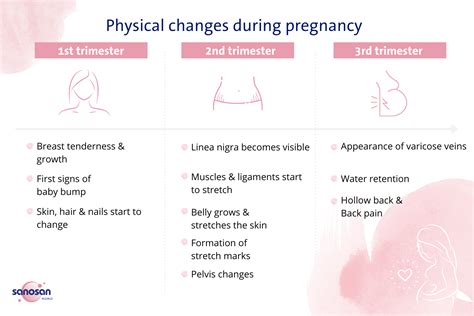
As the body prepares for childbirth, it undergoes various physical changes, signaling that labor is approaching. Some common physical changes include:
- Lightening: This is the sensation of the baby moving down into the pelvis, which can cause discomfort and pressure in the lower back and pelvis.
- Braxton Hicks contractions: These are mild, practice contractions that help the uterus prepare for labor.
- Back pain: Lower back pain can be a sign of labor, as the baby's head puts pressure on the spine and pelvic bones.
- Abdominal cramps: Mild cramps in the abdomen can be a sign of labor, as the uterus contracts and prepares for delivery.
Early Signs of Labor
These physical changes can be accompanied by other early signs of labor, including:- A bloody show: A small amount of blood or spotting can be a sign that labor is approaching.
- Loss of the mucous plug: The mucous plug is a thick, jelly-like substance that blocks the cervix during pregnancy. When it's dislodged, it can be a sign that labor is near.
- Nesting instinct: Some women may experience a sudden urge to clean and prepare their home for the baby's arrival, which can be a sign that labor is approaching.
Emotional Changes During Labor
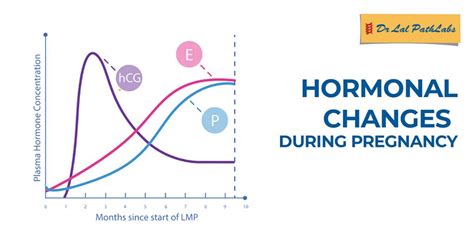
In addition to physical changes, women may also experience emotional changes during labor. These can include:
- Anxiety and nervousness: Women may feel anxious or nervous about the upcoming birth, which can be a normal response to the unknown.
- Excitement and anticipation: The prospect of meeting their baby can be exciting and thrilling, causing women to feel eager and anticipatory.
- Mood swings: Hormonal changes during labor can cause mood swings, making women feel irritable, emotional, or sensitive.
Coping with Emotional Changes
To cope with these emotional changes, women can try:- Practicing relaxation techniques, such as deep breathing, meditation, or yoga.
- Staying informed and educated about the labor process, which can help reduce anxiety and uncertainty.
- Building a support network of loved ones, friends, and healthcare providers, which can provide emotional support and reassurance.
Stages of Labor
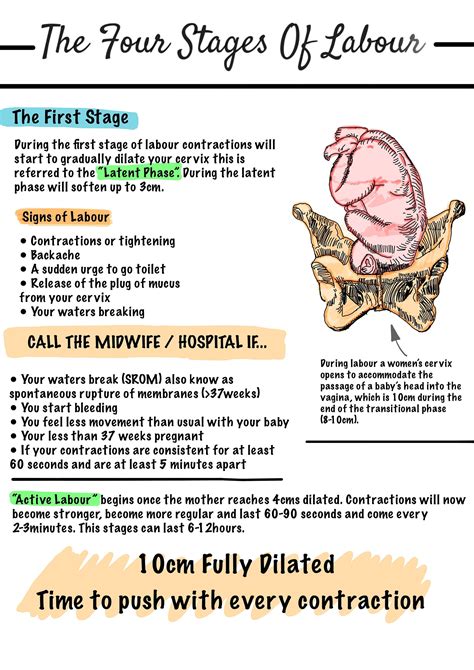
Labor is typically divided into three stages, each with its unique characteristics and challenges. Understanding these stages can help women navigate the labor process with more confidence and awareness.
- Stage 1: This is the longest stage of labor, during which the cervix dilates and effaces. Women may experience contractions, back pain, and discomfort during this stage.
- Stage 2: This stage begins when the cervix is fully dilated, and the woman starts pushing the baby out. This stage can be intense and physically demanding, but also exhilarating and empowering.
- Stage 3: This is the final stage of labor, during which the placenta is delivered. Women may experience some bleeding and discomfort during this stage, but it's typically shorter and less intense than the previous stages.
Support During Labor
Having a supportive partner, family member, or friend during labor can make a significant difference in the birth experience. Supportive companions can:- Provide emotional reassurance and comfort.
- Help with physical comfort measures, such as massage, counter-pressure, or breathing techniques.
- Advocate for the woman's needs and preferences, ensuring that her voice is heard and respected.
Creating a Birth Plan
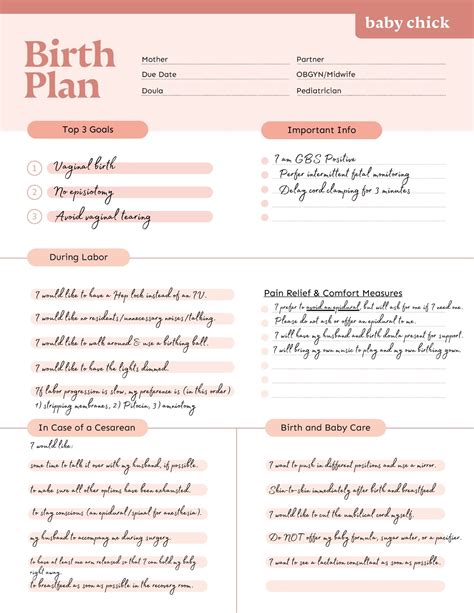
A birth plan is a document that outlines a woman's preferences and expectations for her labor and delivery experience. Creating a birth plan can help women feel more in control and empowered, as they're able to communicate their needs and desires to their healthcare providers.
Some things to consider when creating a birth plan include:
- Pain management options: Women may want to consider their options for pain relief, such as epidural anesthesia, natural methods, or a combination of both.
- Labor positioning: Women may prefer to labor in certain positions, such as on their side, back, or in a birthing pool.
- Interventions: Women may want to consider their preferences for interventions, such as fetal monitoring, IV fluids, or artificial rupture of membranes.
Flexibility and Adaptability
While a birth plan can be a useful tool, it's essential to remain flexible and adaptable during labor. Women should be prepared to adjust their plan if circumstances change or if their healthcare provider recommends a different approach.Postpartum Care
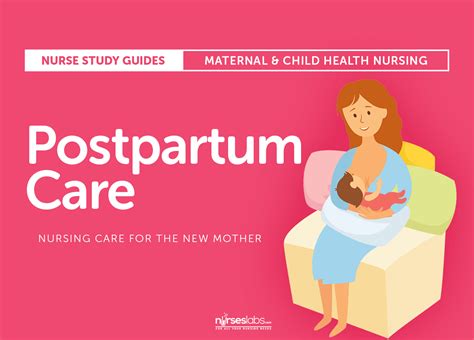
After giving birth, women will need to focus on their physical and emotional recovery. This can include:
- Rest and relaxation: Women should prioritize rest and relaxation, avoiding strenuous activities and heavy lifting.
- Nutrition and hydration: A healthy diet and adequate hydration can help support the healing process and promote overall well-being.
- Emotional support: Women may need emotional support and reassurance during the postpartum period, which can be a challenging and overwhelming time.
Postpartum Complications
While most women recover smoothly after giving birth, some may experience postpartum complications, such as:- Hemorrhage: Excessive bleeding after delivery can be a serious complication, requiring prompt medical attention.
- Infection: Women may be at risk for infection after delivery, particularly if they've had a cesarean section or episiotomy.
- Depression and anxiety: The postpartum period can be a vulnerable time for women's mental health, with some experiencing depression, anxiety, or other mood disorders.
What are the early signs of giving birth?
+The early signs of giving birth can include lightening, Braxton Hicks contractions, back pain, abdominal cramps, a bloody show, and loss of the mucous plug.
How long does labor typically last?
+Labor can last anywhere from a few hours to several days, depending on individual circumstances and the stage of labor.
What are the stages of labor?
+The stages of labor include stage 1 (cervical dilation and effacement), stage 2 (pushing and delivery), and stage 3 (placental delivery).
As women navigate the journey to motherhood, it's essential to stay informed, educated, and supportive. By recognizing the early signs of giving birth, understanding the labor process, and prioritizing postpartum care, women can feel more confident, empowered, and prepared for the arrival of their baby. We invite you to share your thoughts, experiences, and questions in the comments below, and to explore our resources and support networks for expectant mothers. Together, we can create a more positive, supportive, and empowering experience for women as they embark on this life-changing journey.
